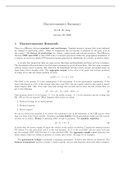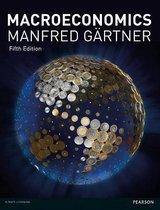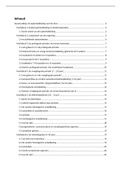Samenvatting
Summary Macroeconomics for EOR
This is a summary of Macroeconomics for EOR students. This summary covers the essentials of chapters 1 till 15, but excluding chapter 12. It has a couple references to the book itself (only useful if needing more examples), but without the book the summary will be enough. It covers the definitions...
[Meer zien]






